Photo Essay | So, how was Fest?
Makers and lovers of theatre reflect on the experience of this year’s National Arts Festival, which was pushed online by the coronavirus pandemic and lockdown restrictions.
Author:
17 July 2020
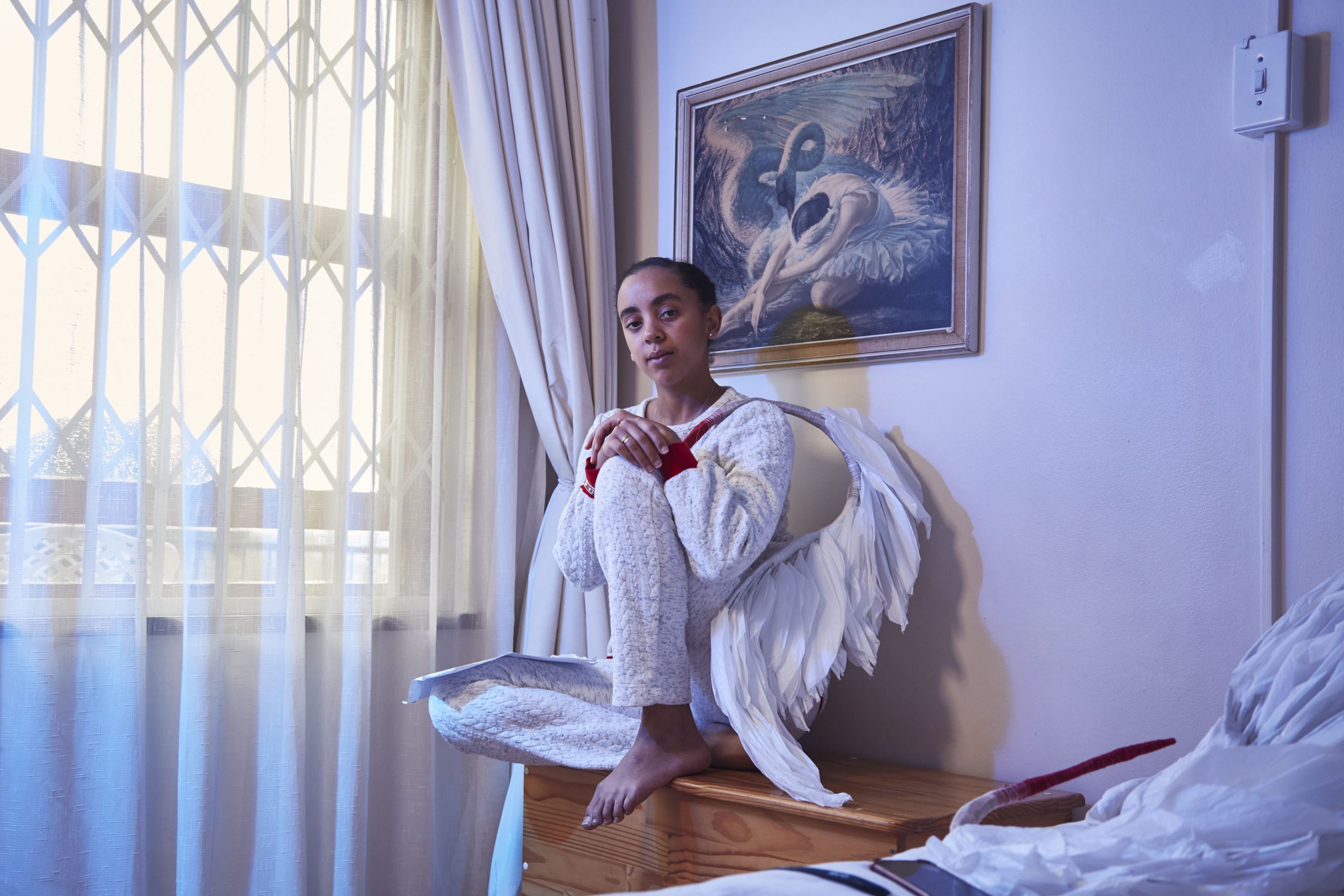
“Some of those typos were fucking amazing! I wish we’d choreographed them, that’s how good they were,” Lesego Chauke laughs. Chauke is the director of The Shopping Dead, a live play performed entirely through WhatsApp at the first entirely virtual National Arts Festival in Makhanda.
Her voice booms out of Faye Kabali-Kagwa’s phone, the producer of the show, who sits cross-legged in her sweatpants, smiling behind three screens. The cast has just pulled off their last successful dress rehearsal on 1 July, just 24 hours before their first show. Kabali-Kagwa has been watching the WhatsApp show unfold much like the audience will, from the comfort of their couches.

This novel medium of performance is exactly the kind of innovation shown at the first virtual Fest, sparked in response to the Covid-19 pandemic and the effect of the virus and the government’s lockdown to contain it on the arts.
The creative industry suffered a particularly devastating blow at the onset of the pandemic, especially in the performing arts, as many events were cancelled and venues shut down. When it came to the most anticipated arts event in South Africa, the annual National Arts Festival, South Africa’s creatives got, well, creative.
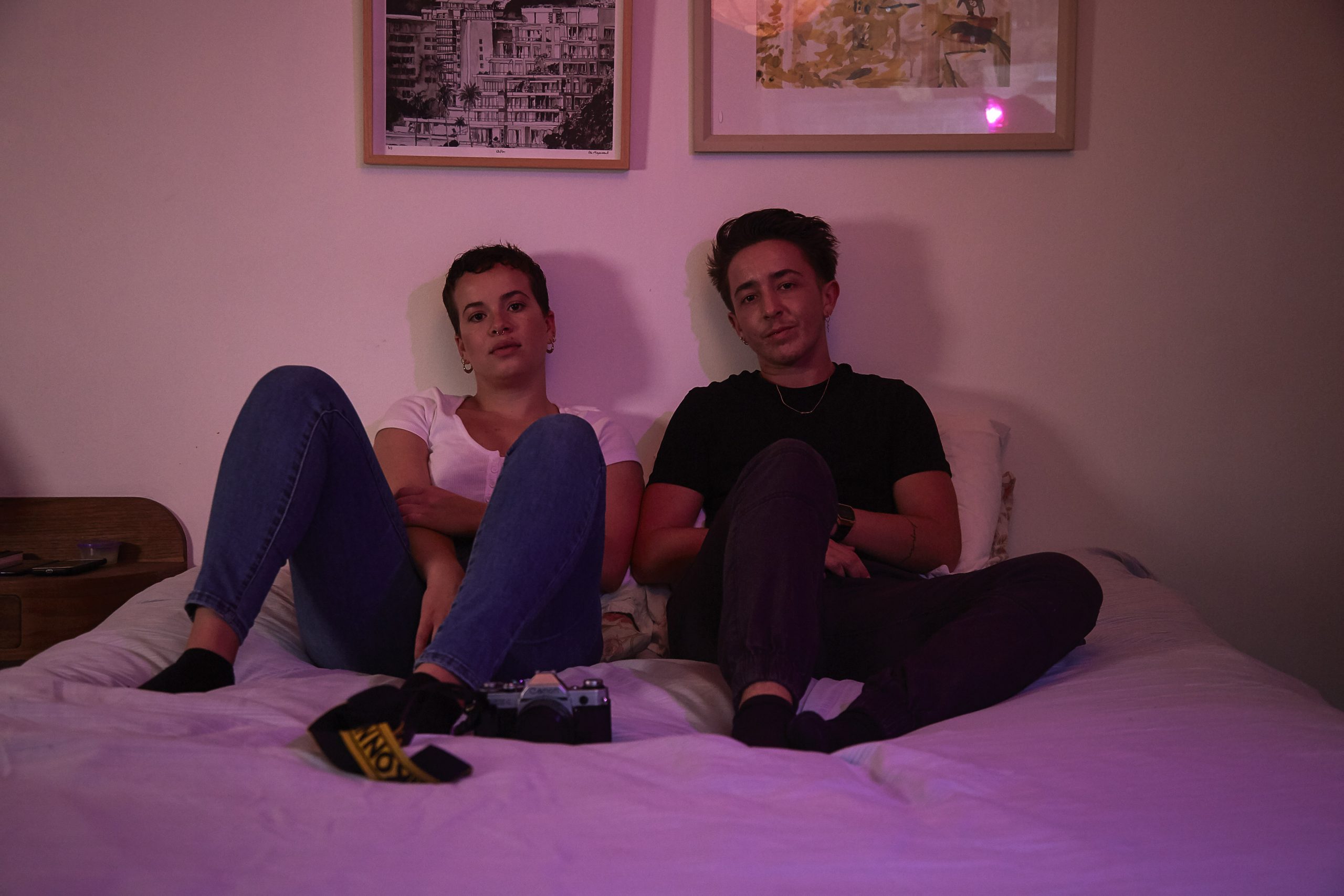
A new kind of festival
The festival, which is usually held in Makanda in the Eastern Cape, responded by creating vNAF (virtual National Arts Festival) and hosting it online. There have been many forms of performances, some live like The Shopping Dead, some pre-recorded and on demand. So, how did it go?
“I have found that vNAF has featured a wider range of artists and performances. The festival has always been fantastic about featuring a wide variety of artists and genres, but this format has possibly made the festival even more accessible,” says Candice Bernstein, a theatre professional, arts journalist and founder of Sarafina Magazine. “Not to mention, bringing a show to the NAF can be extremely expensive,” she continues.
Accessibility, technical difficulty and creativity seem to be the hot topics of the festival.

The National Arts Festival is expensive to attend because it requires travelling to and staying in Makanda. But online viewing has made the art more accessible than ever. Like for the 15 young creatives who produced short films with the Low-Def Film Factory that were streamed via the festival programme.
“Most, if not all, of these young artists would never have been able to afford to go to Makhanda anyway. Now their friends and family can see their work online,” says project co-founder Amy Louise-Wilson.

Additionally, the abundance of on-demand viewing options has made audiences the masters of their own time. “It allows you to watch shows at your leisure instead of having to carefully plan your traditional NAF viewing schedule and trying to be in a million different venues at once,” says Bernstein.
But some critics worry that the new online format, by its very nature, is exclusionary because many in our country do not have Wi-Fi access and data is notoriously expensive. In 2018, only slightly over 10% of South Africa had household internet access.
“The sad part is that those who are marginalised will miss it as they do not have the resources. This is the status quo of our country when it comes to who’s moving with the times and who’s left behind,” says activist and performance artist Mamela Nyamza. Her acclaimed autobiographical work, Pest Control, debuted at the festival.

Longer life for performance art
Besides these challenges, Nyamza is happy to share her work in a medium that can transcend space and time. “As an artist, I’m happy the work is online, can go beyond our borders, and that it will be there as long as I live and even after I’m dead, it will always be out there as a live document [or] archive,” she says.
This new format is not without its challenges, as anyone who has ever attended a Zoom meeting knows. But this uncertainty, these challenges and the possibilities is what made this year’s festival so special and exciting.
“I think it’s fucking amazing!” says Chauke. “With all the technical difficulties and the video lags and the I-can’t-access-thises. It’s just amazing because it’s happening nonetheless. They’ve found an alternative and makers are coming on board and playing through the mediums. It’s really important in these times,” she enthuses.
-
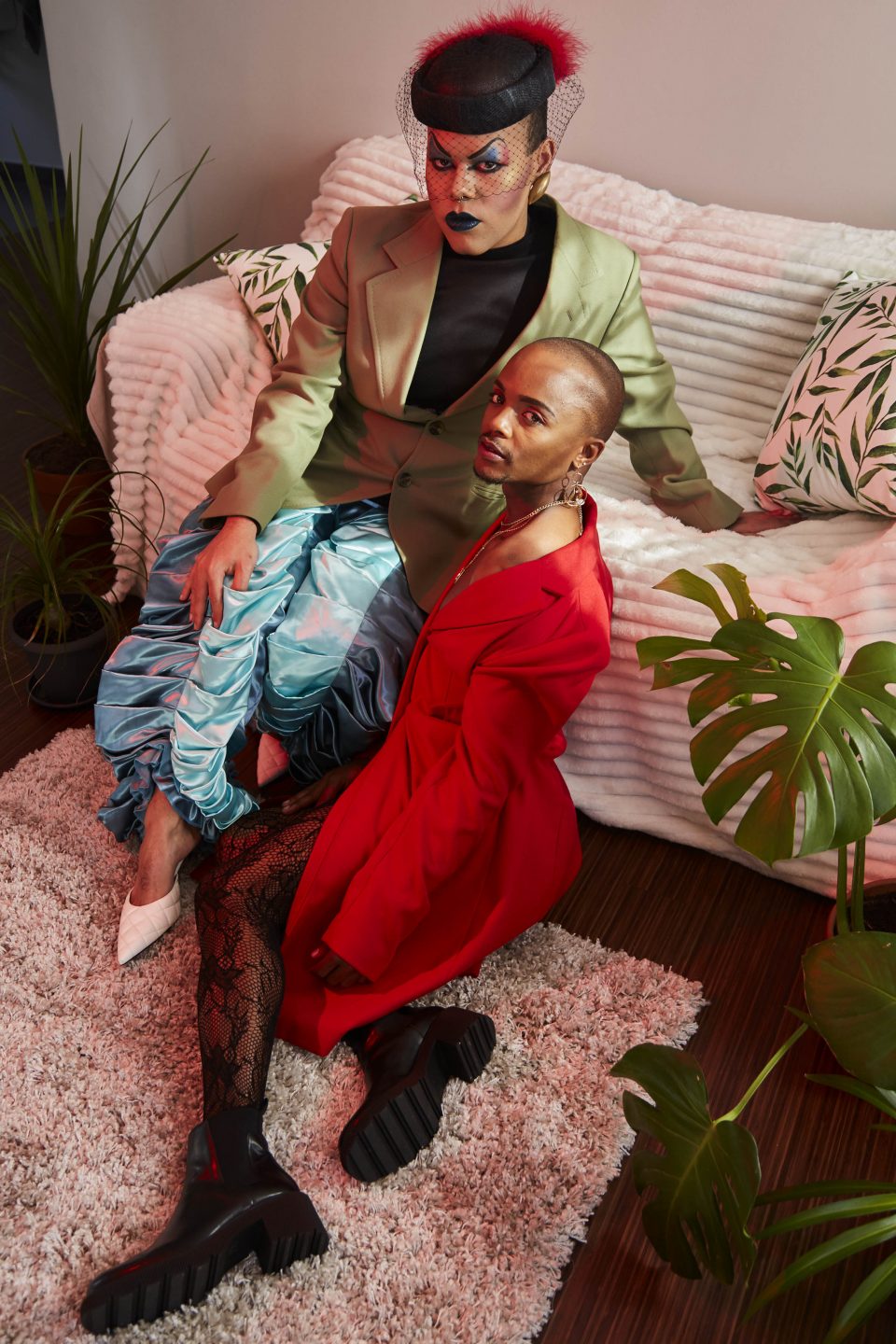
6 July 2020: Queer musician and culture activist Angel-Ho and performer, activist choreographer and educator Tandile Mbatsha pose in Tandile’s lounge. The two performers were featured in the short film The Solo Ball, directed by Elijah Ndoumbe. Mbatsha also produced a live Zoom event, a vogue ball, in collaboration with Vogue Nights during the festival. Photograph: Chris de Beer-Procter. -
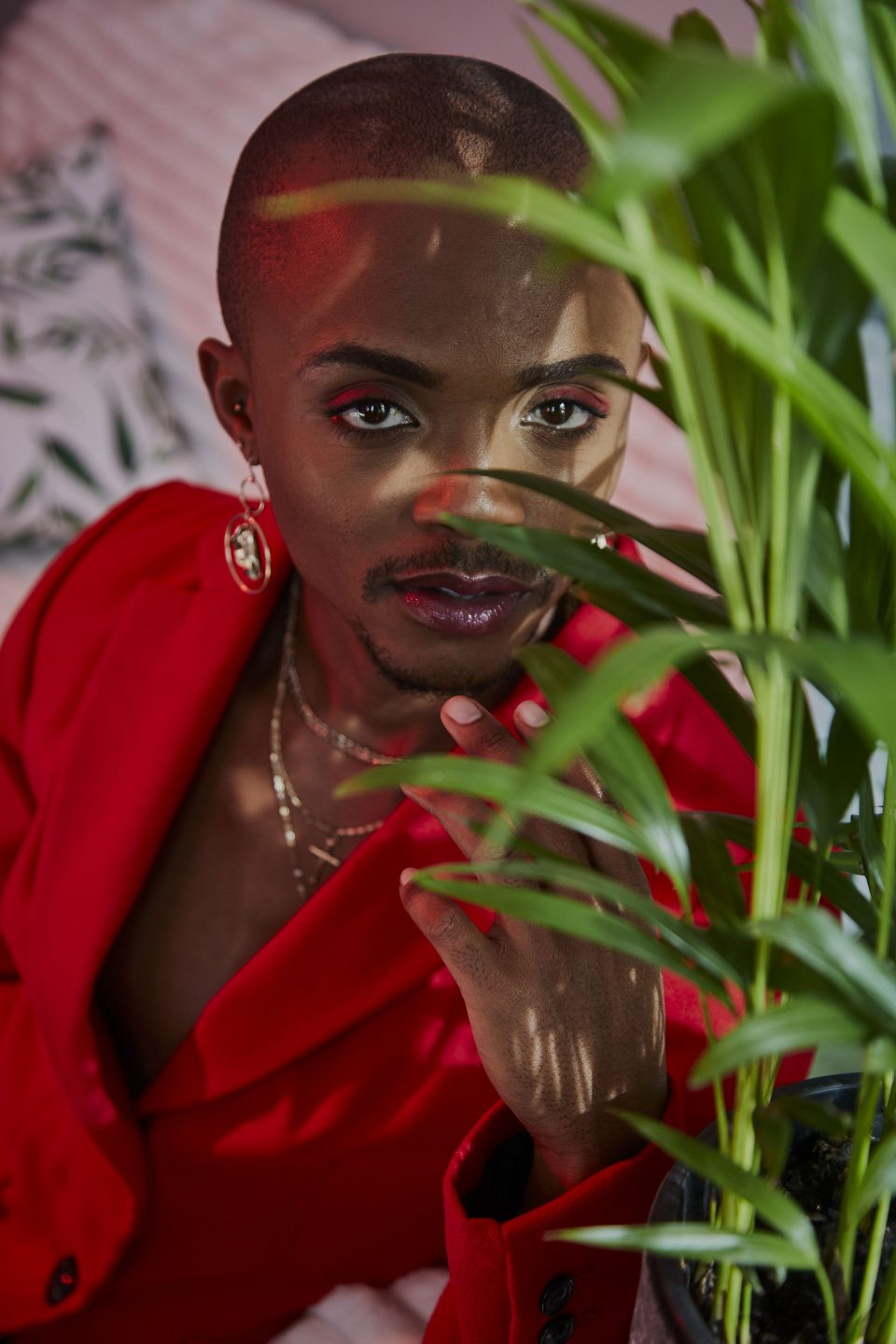
6 July 2020: Activist choreographer and educator Tandile Mbatsha poses in his lounge. Tandile produced and featured in the short film The Solo Ball. The film was directed by Elijah Ndoumbe. Mbatsha also hosted and co-created a live Zoom event, a vogue ball, in collaboration with Vogue Nights during the festival. “The real time feedback from Twitter made it feel just like I was in the club, it brought it that much closer,” says Mbatsha. Photograph: Chris de Beer-Procter. -
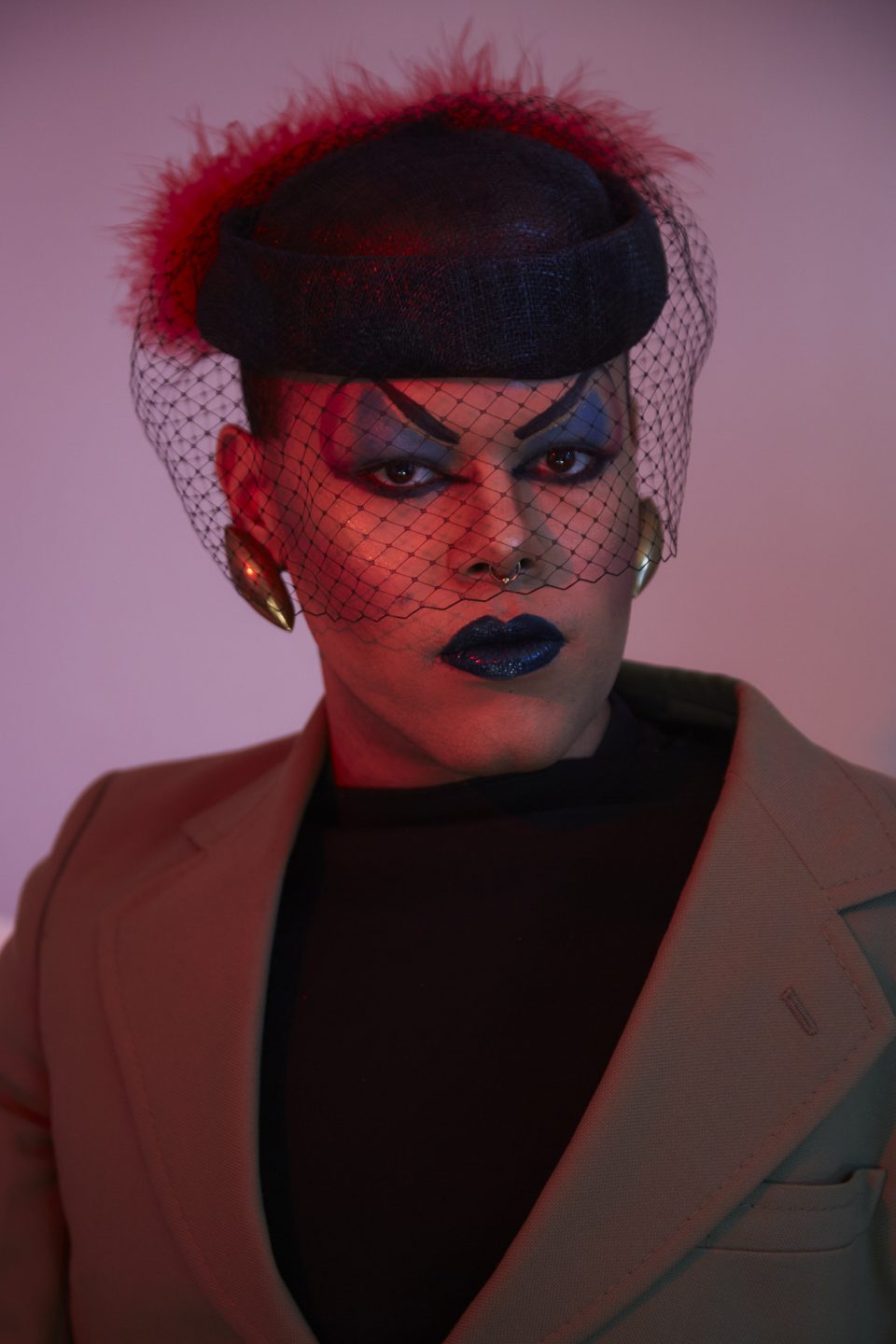
6 June 2020: “I’m used to my audience not reacting at the moment. I’m not supposed to be appreciated right now, I’m supposed to be appreciated in maybe five years later for my contribution to the LGBT community and to South Africa as a whole,” says Angel-Ho about not seeing the film she contributed to having a non-virtual premiere. Photograph: Chris de Beer-Procter.
Artists have responded to these unexpected times in truly astounding ways. From WhatsApp plays to stories told through a Skype conversation as in Jigsaw and live shows such as The Solo Ball hosted on Zoom.
The work created at the festival this year has been as unexpected as the reality in which we’ve found ourselves this year.
“South African artists have always been incredibly resourceful and this only proves that further. vNAF has allowed artists to adapt and continue to create,” says Bernstein. “I think this is a moment in time that we will all look back on and remember how we were challenged as humans and as artists.”

